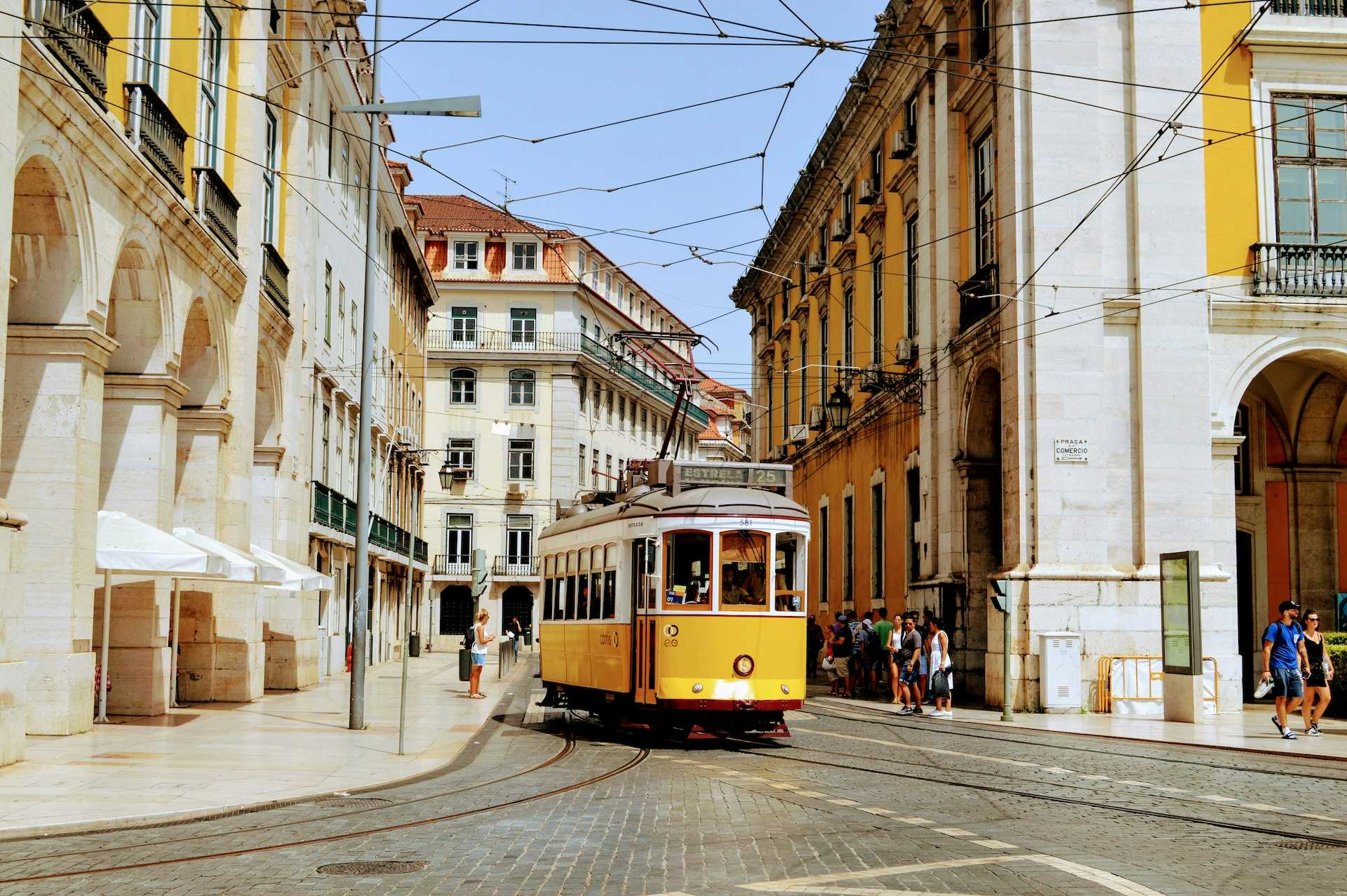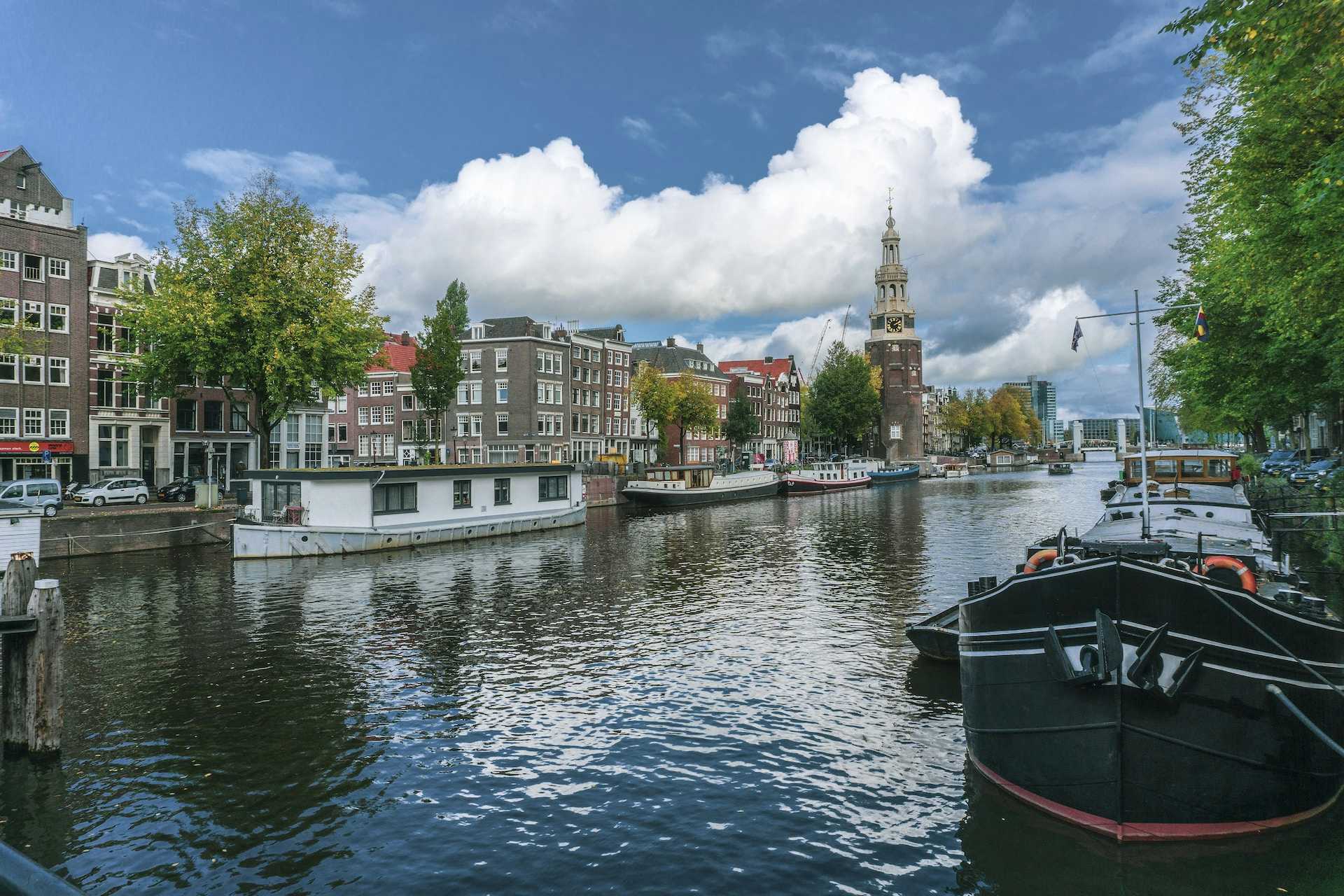Blog published in Real Estate
Share
The Reality of Italy's One Euro Homes
Imagine buying a house in Italy for just one euro! It sounds like a dream, but there's more to it than meets the eye. Many small villages in Italy are offering houses for this tiny price to attract new residents and revive their communities. However, these homes come with their own set of challenges and hidden costs. Let's explore what it's really like to own a one euro home in Italy.

Key Takeaways
- The one euro home initiative aims to revive small, aging villages in Italy by attracting new residents.
- While the purchase price is just one euro, buyers must be prepared for significant renovation costs and legal fees.
- Many of these homes are in poor condition and require extensive repairs and updates.
- Foreign buyers are more interested in these homes compared to Italians, who see more drawbacks than benefits.
- The future of the one euro home scheme depends on its ability to sustain interest and positively impact local economies.
Understanding the One Euro Home Initiative
Origins and Purpose
The One Euro Home Initiative was created to revitalize abandoned villages in Italy. Many of these villages, especially in regions like Sicily, Sardinia, and Tuscany, have seen their populations dwindle as younger generations move to cities. The initiative aims to breathe new life into these areas by offering homes for just one euro, encouraging new residents to move in and restore the properties.
Eligibility Criteria
To buy a one-euro home, you need to meet certain criteria:
- Financial Stability: Buyers must show they have the funds to renovate the property.
- Renovation Commitment: New owners must agree to renovate the home within a set timeframe, usually within three years.
- Security Deposit: Some towns require a deposit, often around 5,000 euros, to ensure the buyer's commitment.
Participating Villages
The initiative is active in about 25 municipalities across Italy. These include well-known towns like Mussomeli in Sicily, where over 100 homes have been sold for one euro. Each town has its own rules and processes, but the goal is the same: to repopulate and rejuvenate these charming but neglected areas.
The One Euro Home Initiative is more than just a real estate deal; it's a chance to become part of a community and help revive a piece of Italy's cultural heritage.
The True Cost of a One Euro Home
Hidden Expenses
Buying a house for one euro in Italy sounds like a dream, but there are many hidden costs. Property taxes are one of the first expenses you'll face. Even if the house is in bad shape, you still have to pay these taxes. If you already own a house in Italy, the new one is considered a second home, which means more taxes.
Renovation Requirements
The biggest cost is usually the renovation. These homes are often in poor condition and need a lot of work. The cost of renovations is still relatively low compared to other countries - in the region of €20,000–50,000 depending on the size of the property. You must also submit a renovation plan and start work within a year. Some towns even require a security deposit to make sure you follow through.
Legal and Administrative Fees
Don't forget about the legal and administrative fees. You'll need to pay for notary services, which can cost up to €1,000. If you're a foreigner, you might also need to pay for additional legal help, which can add another €1,000 or more. Some towns also charge a realtor's fee and a fee for the deed, which can add up to several thousand euros.
It's important to be aware of all these costs before you decide to buy a one euro home. The initial price may be low, but the additional expenses can add up quickly.
Challenges and Pitfalls
Structural Issues
When considering a one-euro home, it's crucial to look beyond the surface. Foundational problems can be a major concern. While a collapsed roof might seem daunting, it's often easier to fix than walls that are buckled, which indicate deeper issues. Always inspect the foundation thoroughly before making a decision.
Navigating Bureaucracy
The process of buying and renovating a one-euro home involves dealing with a lot of paperwork. Be prepared for potential delays and complications. It's not uncommon for sales to fall through due to incomplete paperwork. Having a local project manager who speaks both English and Italian can help streamline communication and ensure that everything is in order.
Time Constraints
Renovating a one-euro home is not a quick project. Many buyers underestimate the time required to complete renovations. In some villages, there are specific timelines for certain renovations, such as fixing the façade within three years. Patience is key, as things often move slower than expected, especially in more remote areas. Pace yourself and budget your time and resources wisely.
Success Stories and Testimonials

Foreign Buyers' Experiences
Many foreign buyers have taken the plunge and bought one euro homes in Italy. Their stories are often inspiring. For instance, a couple from the United States purchased a house in Sicily and transformed it into a beautiful vacation home. They shared that the process, while challenging, was incredibly rewarding. They now enjoy stunning views of the Apuan Alps from their renovated home.
Local Impact
The one euro home initiative has had a significant impact on local communities. Villages that were once on the brink of abandonment are now bustling with new life. The influx of foreign buyers has brought economic benefits, such as increased tourism and job opportunities. Local businesses, from cafes to construction companies, have seen a boost in their revenues.
Before and After Transformations
The transformations of these homes are nothing short of remarkable. Many of these properties were in a state of disrepair, but with dedication and hard work, they have been restored to their former glory. Here are a few examples:
- A semi-detached house in Tuscany's Casola in Lunigiana, once dilapidated, now boasts modern amenities and stunning views.
- A crumbling farmhouse in Sicily has been turned into a charming bed and breakfast, attracting tourists from around the world.
The one euro home initiative is not just about buying a cheap house; it's about breathing new life into forgotten places and creating lasting memories.
Why Italians Are Less Interested
Cultural Perspectives
Italians often view the One Euro Home initiative differently than foreigners. For many locals, the charm of buying an old, dilapidated house doesn't outweigh the hassle of renovation. They are not as easily swayed by the romantic idea of restoring a historical property. Instead, they see the practical challenges, like dealing with extensive paperwork and managing renovations, as significant deterrents.
Economic Considerations
From an economic standpoint, Italians are more aware of the hidden costs involved. They understand that the initial one-euro price tag is just the beginning. Renovation expenses can quickly add up, making the overall investment much higher. Additionally, many Italians already own property, so the idea of taking on another home, especially one that requires significant work, is less appealing.
Comparing Foreign and Local Buyers
Foreign buyers often see the One Euro Home as an adventure or a way to reconnect with their roots. For them, spending even €50,000 on renovations is still a bargain compared to property prices in their home countries. Italians, on the other hand, already have access to the beauty and lifestyle of Italy. This proximity diminishes the allure of these bargain homes, making them less attractive to local buyers.
For many Italians, the idea of buying a one-euro home is overshadowed by the practical challenges and hidden costs involved. They prefer to enjoy the beauty of their country without the added burden of renovating a second property.
Future of the One Euro Home Scheme
Sustainability and Longevity
The One Euro Home Scheme has sparked interest worldwide, but its long-term success depends on several factors. Ensuring the sustainability of these projects is crucial. Local governments must continue to support and invest in these initiatives to maintain momentum. Additionally, the involvement of new homeowners in the community is essential for the scheme's longevity.
Potential Expansions
There is potential for the One Euro Home Scheme to expand to other regions in Italy and even other countries. This could help revitalize more rural areas and bring economic benefits to struggling communities. However, careful planning and management are necessary to avoid overwhelming local resources.
Impact on Local Economies
The scheme has already shown positive effects on local economies. New homeowners often invest in local businesses and services, creating a ripple effect of economic growth. This includes hiring local construction workers, buying local produce, and even boosting tourism by creating boutique hotels or B&Bs. The continued success of the scheme could lead to more significant economic improvements in participating villages.
Conclusion
In the end, buying a one-euro house in Italy is a mixed bag. While the idea of owning a home in a picturesque Italian village for just one euro sounds like a dream, the reality is far more complex. Renovations can be costly and time-consuming, and there are numerous hidden fees and legal requirements to consider. However, for those who are up for the challenge, it can be a rewarding adventure. Not only do you get a unique property, but you also become part of a community and contribute to the revival of these charming but forgotten villages. So, if you have the resources and the determination, a one-euro house in Italy might just be the perfect project for you.
Frequently Asked Questions
What is the One Euro Home Initiative?
The One Euro Home Initiative is a program where old, abandoned houses in Italy are sold for just one euro. The goal is to attract new residents to revitalize these areas.
Who is eligible to buy a one euro home?
Eligibility rules vary by town, but generally, buyers must commit to renovating the property and may need to provide a deposit or proof of funds for the renovation.
What are the hidden costs of buying a one euro home?
Beyond the initial euro, buyers must pay for renovations, property taxes, notary fees, and possibly a deposit. Renovation costs can range from €20,000 to €50,000 or more.
What kind of renovations are required for one euro homes?
Most one euro homes are in poor condition and need major repairs. This can include fixing the roof, plumbing, electrical systems, and making the house safe to live in.
Why are Italians less interested in one euro homes?
Many Italians see the required renovations and bureaucracy as too much hassle. They also already live in the country and may not need a second home.
Can I really buy a house in Italy for one euro?
Yes, but the one euro price tag comes with conditions. You must commit to renovating the house within a certain timeframe and cover all associated costs.
Share













